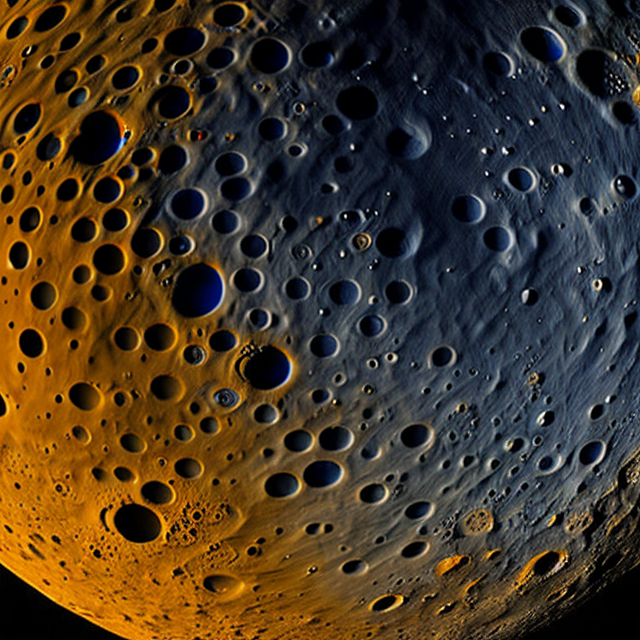|
|
Space Astro
|
Info for exoplanet "Byupya"
| Scientific (actual) data |
|---|
| Name | Kepler-280 c |
| Planet status | Confirmed |
| Radius | 0.179 |
| Orbital period | 4.80709 |
| Semi major axis | 0.056 |
| Discovered | 2014 |
| Updated | 2021-02-05 |
| Tconj | 2454970 |
| Impact parameter | 0.68 |
| Publication | Announced on a website |
| Detection type | Primary Transit |
| Alternate names | 2MASS J19253372+4210501 c, K01240.02, KIC 6690082 c, KOI-1240 c, KOI-1240.02, WISE J192533.72+421049.8 c |
| Star name | Kepler-280 |
| Right ascension | 291.39° |
| Declination | 42.18° |
| Mag j | 13.289 |
| Mag h | 12.914 |
| Mag k | 12.844 |
| Star distance | 798.21 |
| Star metallicity | -0.169 |
| Star mass | 0.91 |
| Star radius | 0.89 |
| Star temperature | 5744 |
| Star alternate names | 2MASS J19253372+4210501, KIC 6690082, KOI-1240, WISE J192533.72+421049.8 |
| Wikipedia article | Kepler-280 c |
Back
| |
| Fictional info (?) |
|---|
| Suggested name | Byupya |
| Planet type | Hot planet |
| It has the longest rotation period (445 days) of any planet in its solar system and rotates in the opposite direction to most other planets.
The planet telescopically displays the complete range of phases, similar to Venus and the Moon, as it moves in its inner orbit relative to Kepler-280, which reoccurs over the so-called synodic period approximately every 133 days.
. The nitric oxide has probably photodissociated, and the free ethane has been swept into interplanetary space by the solar wind because of the lack of a carbon dioxide layer. |
| Atmosphere | Ethane | 99% |
| Hydrogen chloride | 0.55% |
| Nitric oxide | 0.15% |
| Carbon dioxide | 8.0E-6% |
| Ozone | 0% |
| Atmospheric pressure | 3.1 bar |
 |
| Moon | Hyofu | Huge irregular ice asteroid |
| Jugikya-kyuji | Large round ice asteroid |
| Bite-naru Donu | Huge round ice asteroid |
| Gapyono | Small slightly egg-shaped ice comet |
| Myayu Guhyo | Medium-sized round ice asteroid |
| Chisho Pagyo Pi | Medium-sized round crater-filled moon |
| Hyunamo Ki | Very small potato shaped rocky moon |
| Google search for Byupya |
|
Website by Joachim Michaelis
|
|
|
|